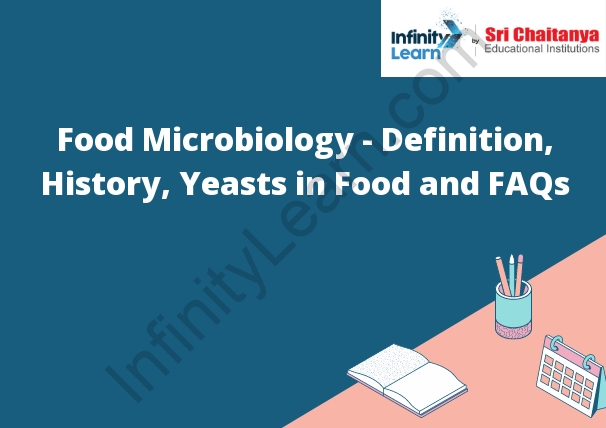Table of Contents
Food Microbiology Definition
Microbiology is the study of microscopic organisms, including bacteria, viruses, and fungi. Food microbiology is the branch of microbiology that is specifically concerned with the study of microorganisms that contaminate food and the ways in which they can be controlled. Food microbiologists use a variety of techniques to study the growth and survival of these organisms, as well as to identify them. They also develop methods to reduce or eliminate their presence in food.

History of Food Microbiology
Food microbiology is the study of the microorganisms that contaminate food and the methods used to control their growth. The first recorded study of food microbiology was by French scientist Louis Pasteur in 1864. Pasteur developed the process of pasteurization, which uses heat to kill bacteria in milk and other foods. In the late 1800s, German scientist Robert Koch developed the process of sterilization, which uses heat and chemicals to kill bacteria. In the early 1900s, British scientist Alexander Fleming discovered the antibiotic penicillin, which can also used to kill bacteria.
the 1940s, American scientist John Enders developed a method for growing viruses in culture, which paved the way for the development of vaccines.
In the 1950s, American scientist Maurice Hilleman developed the first vaccine for measles.
Today, food microbiology is a growing field, and scientists continue to develop new methods for controlling the growth of bacteria in food. Therefore one of the most promising areas of research is the use of nanotechnology to create tiny particles that can kill bacteria.
Sources of Fungi and Bacteria
There are many sources of fungi and bacteria. Some of the most common sources include:
- Soil
- Plants
- Water
- Air
- Food
- also, Human and animal contact
Molds Found in Food
There are many different types of molds that can found in food. The most common types of molds that found in food are Aspergillus, Penicillium, and also Cladosporium. Therefore these types of molds can cause a variety of different health problems, including respiratory problems, skin irritation, and gastrointestinal problems.
Yeasts Found in Food
Fungi that are present in the air and in the soil. Yeasts also found in food, where they are used to make bread, beer, and other fermented products. Some yeasts can cause food spoilage, while others used as food additives to improve the flavor or texture of food products.
Nutrient Content in Microorganisms
Microorganisms are a great source of nutrients. They packed with proteins, lipids, minerals, and vitamins. They also provide a good source of fiber.









